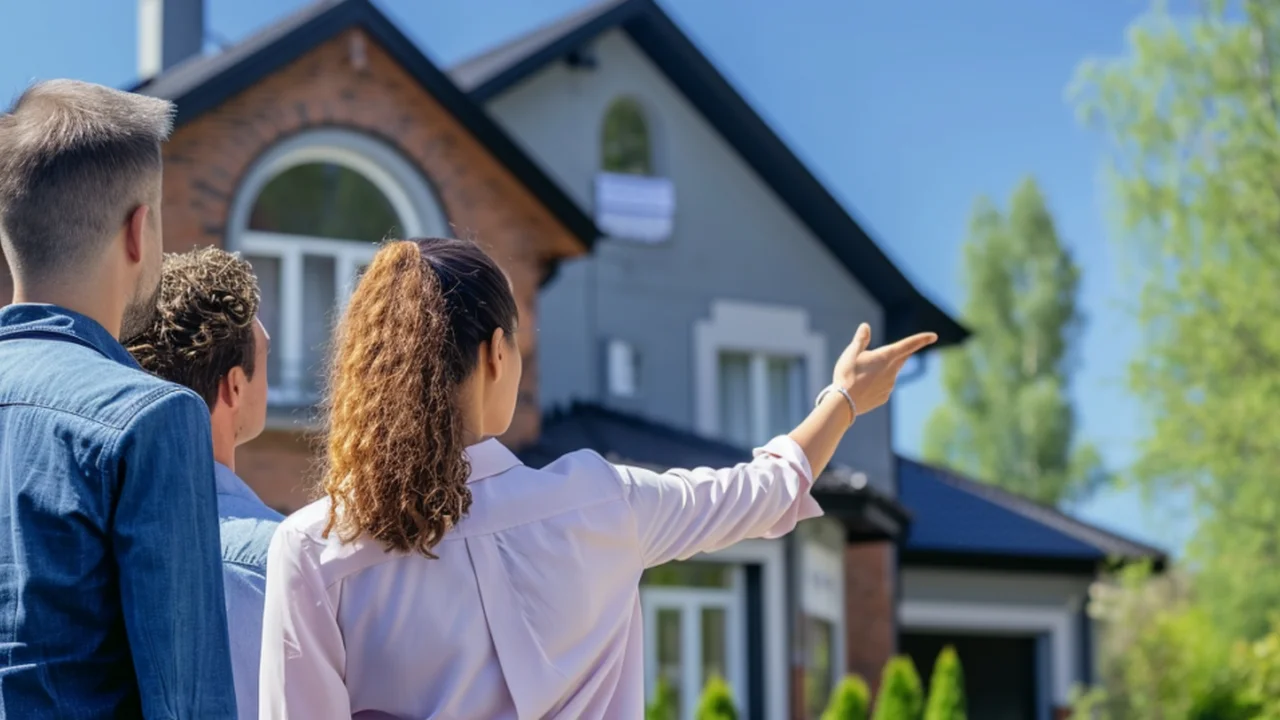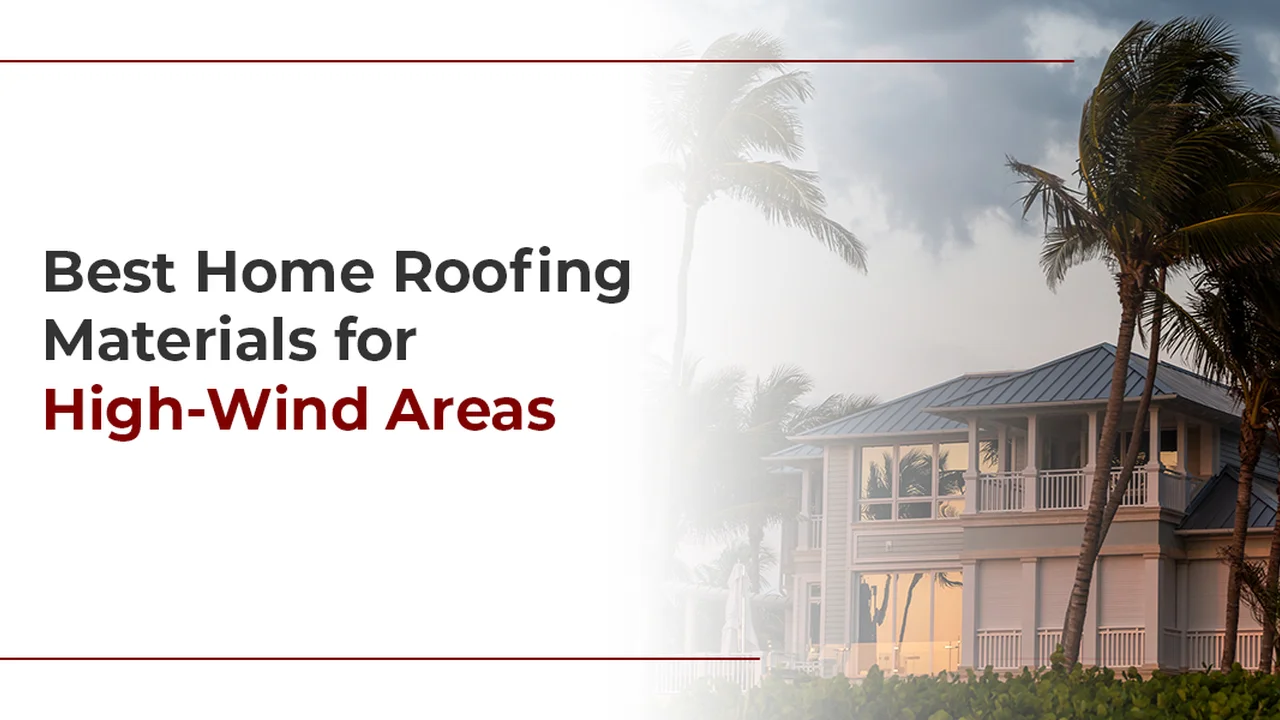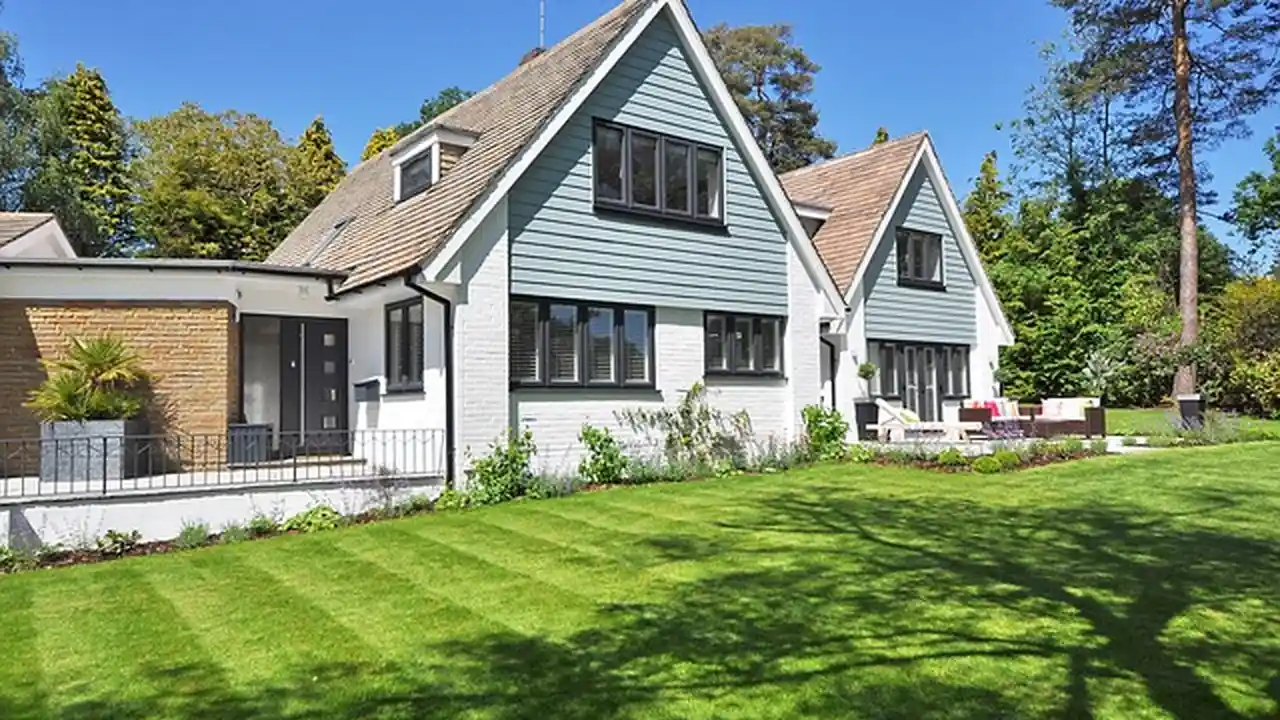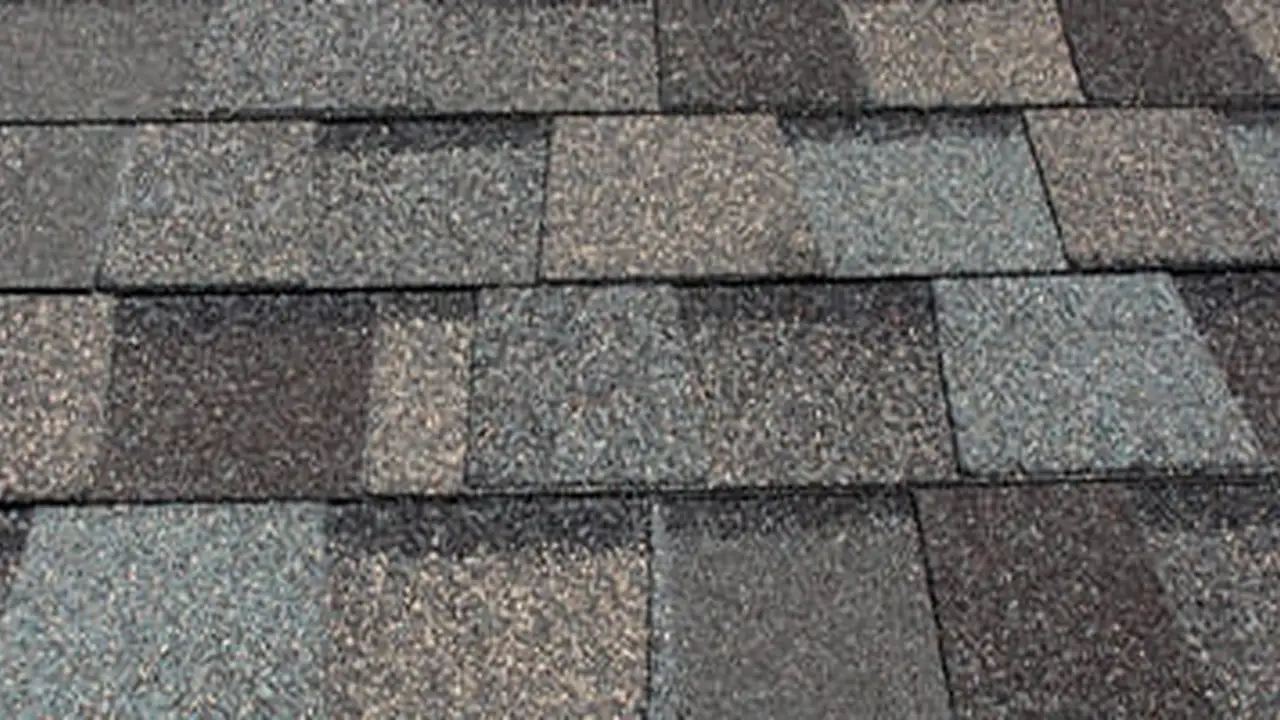Dealing with Moss and Algae on Your Roof
Solutions for removing and preventing moss and algae growth on your roof to preserve its integrity and appearance.
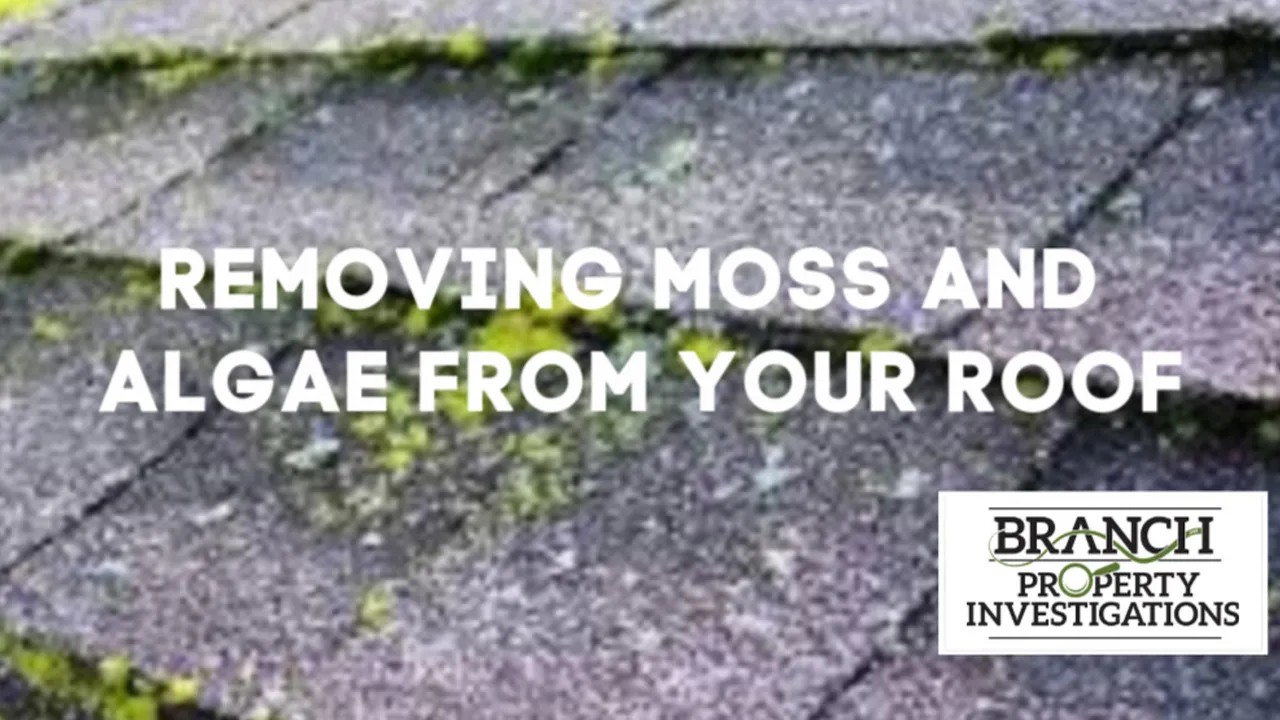
Solutions for removing and preventing moss and algae growth on your roof to preserve its integrity and appearance.
Dealing with Moss and Algae on Your Roof
Hey there, homeowner! Ever looked up at your roof and noticed those unsightly green patches or dark streaks? Yeah, that’s probably moss and algae making themselves at home. It’s not just an aesthetic issue; these unwelcome guests can actually cause significant damage to your roof over time. But don't sweat it too much! We're going to walk through everything you need to know about tackling moss and algae, from understanding why they appear to the best ways to get rid of them and keep them from coming back. We'll even dive into some specific product recommendations, their uses, and what you can expect to pay. So, let's get your roof looking spick and span and protected for the long haul!
Understanding Moss and Algae Growth on Roofing Materials
Before we jump into solutions, let's quickly understand what we're dealing with. Moss and algae thrive in damp, shaded environments. If your roof doesn't get much direct sunlight, especially on the north-facing side or under overhanging trees, it's a prime candidate for growth. Algae often appears as dark, streaky stains, typically a type called Gloeocapsa magma, which is a black-green algae. Moss, on the other hand, is that fuzzy, green, carpet-like growth that can really build up. Both retain moisture, which is bad news for your roofing materials.
Why Moss and Algae are Bad News for Your Roof Longevity
It’s more than just an ugly look. Moss, with its root-like structures (rhizoids), can actually lift and separate your shingles. This creates gaps where water can seep underneath, leading to rot in your roof deck, leaks in your attic, and even structural damage. Algae, while not as physically invasive as moss, still holds moisture against your shingles, accelerating their deterioration. It can also break down the limestone filler in asphalt shingles, reducing their reflective properties and making your home less energy-efficient. Plus, both can make your roof brittle and more susceptible to damage from wind and hail. In short, ignoring them is a recipe for costly repairs down the road.
Effective Moss Removal Techniques for Home Roofs
Alright, let's talk about getting rid of these nuisances. There are a few methods, and the best one for you depends on the severity of the growth and your comfort level with DIY tasks.
Gentle Manual Removal for Light Moss Growth
For light moss growth, especially on asphalt shingles, a soft brush or a leaf blower can sometimes do the trick. You want to be super gentle here. Always brush downwards, in the direction of the shingle overlap, to avoid lifting or damaging them. Never use a pressure washer on your roof, especially on asphalt shingles! The high pressure can strip away the protective granules, drastically shortening your roof's lifespan and voiding warranties. This method is best for small, isolated patches and requires you to be comfortable and safe on a ladder.
Chemical Treatments for Algae and Stubborn Moss Stains
When manual removal isn't enough, or for widespread algae stains, chemical treatments are often the way to go. These products are designed to kill the moss and algae, allowing them to dry up and eventually wash away with rain. Always follow the manufacturer's instructions carefully, and consider the impact on surrounding plants and landscaping.
Bleach and Water Solution for Roof Cleaning
A common DIY solution is a mix of household bleach and water. A 50/50 solution is often recommended. You can apply this with a garden sprayer. Let it sit for 15-20 minutes, then rinse thoroughly with a garden hose. Be extremely careful with bleach, as it can damage plants, stain siding, and is corrosive. Always protect your landscaping and wear appropriate safety gear.
Commercial Roof Cleaning Products for Moss and Algae Control
There are many commercial products specifically formulated for roof cleaning. These often contain active ingredients like sodium percarbonate, potassium salts of fatty acids, or other algaecides and moss killers. They are generally safer for your roof and surrounding environment than straight bleach, but still require caution.
- Wet & Forget Outdoor Moss, Mold, Mildew & Algae Stain Remover: This is a popular choice because it's a 'spray and forget' product. You apply it, and it works over time with rain to clean your roof. It's bleach-free and non-acidic, making it safer for many surfaces and plants. It comes in a concentrate that you mix with water. A 1-gallon concentrate can cover up to 2,000 square feet. Prices typically range from $25-$40 per gallon. It's great for asphalt shingles, tile, and metal roofs.
- Spray & Forget Revolutionary Roof Cleaner: Similar to Wet & Forget, this product is also a no-rinse, biodegradable cleaner. It uses a proprietary formula to kill and prevent growth. It's safe for most roofing materials and landscaping. A 1-gallon concentrate covers about 1,000-2,000 square feet and costs around $30-$50.
- Moss Out! for Roofs and Walks: This product is specifically designed to kill moss and can be applied as a liquid spray or a granular product. The granular form is often sprinkled directly onto the moss, and rain activates it. It's effective but might require more direct application. A 5-pound bag, suitable for about 500 square feet, costs around $15-$25. Best for targeted moss removal.
- Bio-Lab Inc. Roof Cleaner: This is a more heavy-duty option, often used by professionals. It's a concentrated formula that effectively removes tough stains from algae, mold, and mildew. It typically requires mixing and spraying, followed by a rinse. A 1-gallon concentrate can cover a large area, but pricing varies and might be higher, often around $40-$60.
When using any chemical treatment, always read the label for specific instructions, safety precautions, and recommended application methods. Wear gloves, eye protection, and old clothes. Consider the weather – apply on a calm, overcast day to prevent rapid evaporation and ensure even application.
Preventing Moss and Algae Recurrence on Your Roof
Removing moss and algae is only half the battle. The real win is keeping them from coming back. Prevention is key to long-term roof health.
Zinc and Copper Strips for Long-Term Algae and Moss Control
This is a classic and highly effective preventative measure. Installing strips of zinc or copper along the ridge of your roof can work wonders. When it rains, tiny amounts of zinc or copper ions are washed down the roof surface. These metals are toxic to moss and algae, inhibiting their growth. You can buy rolls of zinc or copper strips specifically for this purpose. They are typically installed under the top course of shingles, leaving a few inches exposed. The cost for materials can range from $50 to $200+ depending on the size of your roof and the material (copper is more expensive). Installation can be a DIY project if you're comfortable on a roof, or a roofer can do it for you.
Regular Roof Cleaning and Maintenance Schedule
A little proactive maintenance goes a long way. Regularly clear debris like leaves, twigs, and pine needles from your roof. These can trap moisture and create ideal conditions for growth. Trim back overhanging tree branches to increase sunlight exposure and improve air circulation over your roof. A soft broom or leaf blower can be used for this. Aim for at least an annual inspection and cleaning, more often if you live in a particularly damp or shaded area.
Improving Roof Ventilation and Sunlight Exposure
Good attic ventilation helps keep your roof deck cooler and drier, which discourages moss and algae. Ensure your attic has proper intake and exhaust vents. If your roof is heavily shaded, consider trimming or removing trees that block sunlight. More sunlight means a drier roof, which means less moss and algae.
Algae Resistant Shingles and Roofing Materials
If you're due for a roof replacement, consider investing in algae-resistant shingles. Many asphalt shingle manufacturers now offer shingles embedded with copper granules. These granules release copper ions over time, preventing algae growth. Look for terms like 'AR' (Algae Resistant) or 'StreakFighter' when shopping for shingles. While they might be slightly more expensive upfront, the long-term benefits of a cleaner, healthier roof are well worth it. For example, GAF's Timberline HDZ shingles with StainGuard Plus offer excellent algae resistance and are a popular choice in the US and Southeast Asia. CertainTeed's Landmark Pro also offers similar protection. Prices for AR shingles are typically 5-15% higher than standard shingles, but this varies by brand and region.
Safety First When Working on Your Roof
Working on a roof can be dangerous. Always prioritize your safety. Here are some crucial tips:
- Use a sturdy ladder: Ensure it's properly secured and extends at least three feet above the roofline.
- Wear appropriate footwear: Non-slip shoes are a must.
- Work with a buddy: Never work on a roof alone. Have someone spot you and be there in case of an emergency.
- Avoid wet or windy conditions: A wet roof is incredibly slippery. High winds can make you lose your balance.
- Use a safety harness: For steeper roofs or if you're uncomfortable, a fall arrest system is a smart investment.
- Be mindful of power lines: Keep ladders and tools away from electrical lines.
- Protect your eyes and skin: Especially when using chemical treatments.
If you're not comfortable or capable of safely working on your roof, it's always best to hire a professional roofing contractor. They have the right equipment, experience, and insurance to do the job safely and effectively.
Professional Roof Cleaning Services What to Expect
If DIY isn't your thing, or if you have extensive growth, hiring a professional roof cleaning service is a great option. Here's what you can expect:
Benefits of Hiring a Professional Roof Cleaner
Professionals have the right tools, knowledge, and safety equipment. They can identify underlying issues, use appropriate cleaning solutions for your specific roofing material, and ensure the job is done thoroughly without damaging your roof. They also carry insurance, protecting you from liability in case of an accident.
Cost of Professional Roof Cleaning Services
The cost of professional roof cleaning varies widely based on your roof's size, pitch, material, the severity of the growth, and your location. Generally, you can expect to pay anywhere from $300 to $1,000 or more for a typical residential roof. Some companies charge per square foot (e.g., $0.20-$0.70 per square foot), while others offer flat rates. Always get multiple quotes and ensure the company is reputable, insured, and experienced with your type of roofing material.
Common Misconceptions About Roof Moss and Algae
Let's clear up a few common myths:
Myth 1 Pressure Washing is the Best Way to Clean a Roof
Absolutely not! As mentioned, pressure washing can severely damage your shingles, stripping granules and forcing water underneath. This is a surefire way to shorten your roof's life and invite leaks. Stick to gentle methods or professional soft washing.
Myth 2 Moss and Algae Only Affect Old Roofs
While older roofs might be more susceptible due to wear and tear, moss and algae can grow on roofs of any age, especially if conditions are right (damp, shaded). New roofs with algae-resistant features are less likely to develop issues quickly, but no roof is entirely immune.
Myth 3 All Green Growth on a Roof is Moss
Not necessarily. While moss is common, you might also see lichen (a symbiotic organism of algae and fungus) or even small plants. While their appearance differs, the damage they can cause and the removal methods are generally similar.
Maintaining a Healthy Roof Environment
Keeping your roof free of moss and algae is an ongoing process, but it's a crucial part of maintaining your home's value and protecting your investment. By understanding the causes, using effective removal techniques, and implementing preventative measures, you can ensure your roof stays clean, healthy, and performs its best for years to come. Remember, a little effort now can save you a lot of money and headaches down the road. So, go ahead, give your roof the attention it deserves!
:max_bytes(150000):strip_icc()/277019-baked-pork-chops-with-cream-of-mushroom-soup-DDMFS-beauty-4x3-BG-7505-5762b731cf30447d9cbbbbbf387beafa.jpg)



